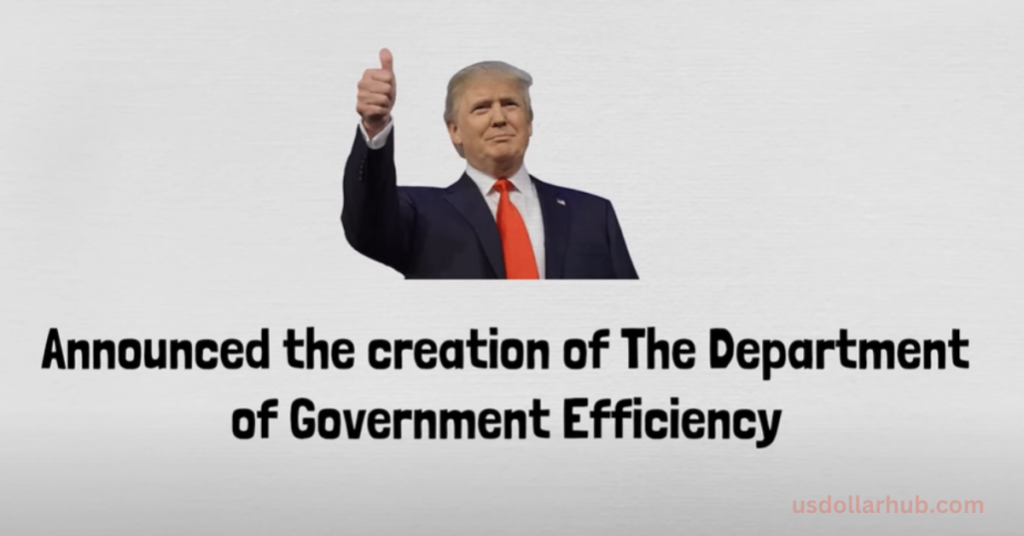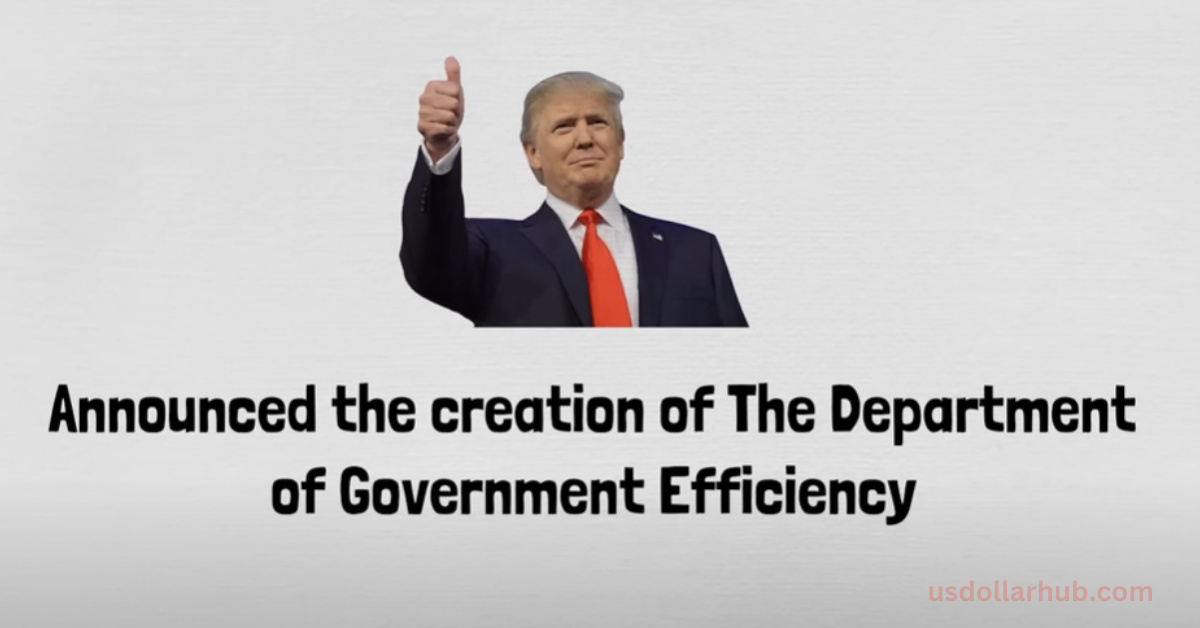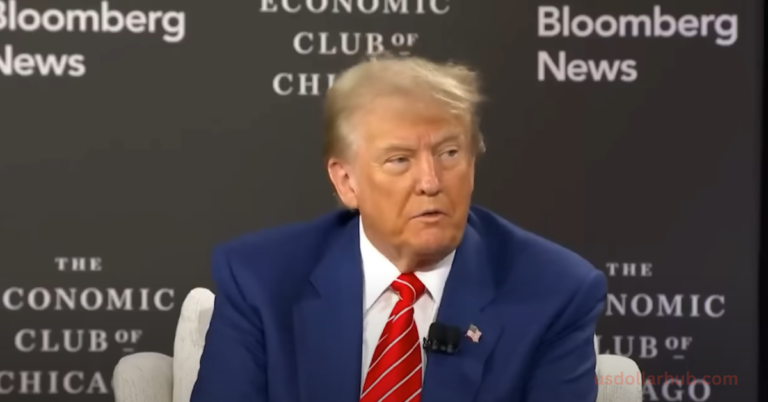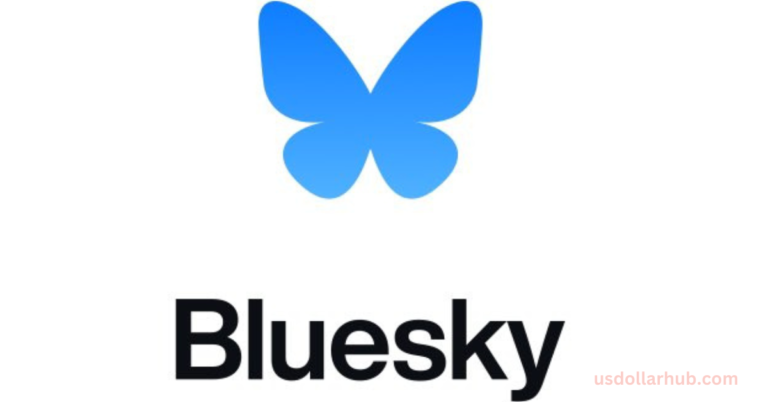DOGE: Trump’s Bold Plan to Cut $2 Trillion in Government Waste
DOGE
The idea of eliminating inefficiencies in government spending has long been a bipartisan concern. Recently, President-elect Donald Trump introduced the Department of Government Efficiency (DOGE), a bold initiative aimed at restructuring the federal government and reducing wasteful expenditures. Collaborating with business mogul Elon Musk and entrepreneur Vivek Ramaswamy, Trump has outlined ambitious goals for this new advisory body.

This article delves into the origins, objectives, and potential impact of DOGE, alongside the challenges and opportunities it presents.
What is DOGE?
The Department of Government Efficiency, commonly referred to as DOGE, is not an official federal agency. Instead, it is a private advisory group designed to partner with the White House and the Office of Management and Budget.
Key Objectives:
- Cut Wasteful Spending: Identify and eliminate inefficiencies in government budgets.
- Slash Excessive Regulations: Simplify bureaucratic processes to foster economic growth.
- Restructure Federal Agencies: Streamline operations across departments to enhance productivity.
Trump has stated that DOGE will terminate by July 4, 2026, aligning with its mission of efficiency without burdening taxpayers.
Who’s Leading DOGE?
DOGE will be co-led by two prominent figures:
- Elon Musk: Known for his revolutionary work at Tesla and SpaceX, Musk brings expertise in innovation and operational efficiency. He has emphasized the importance of reducing wasteful government spending, which he views as a form of indirect taxation.
- Vivek Ramaswamy: A staunch advocate for transparency and efficiency, Ramaswamy aims to ensure that DOGE’s efforts are visible and understandable to the public.
How Will DOGE Operate?
DOGE’s advisory nature differentiates it from typical government bodies. As a private entity, it is not subject to congressional oversight, allowing it to function independently.
Key Roles:
- Provide Guidance: Offer strategic recommendations to federal agencies.
- Collaborate with Key Stakeholders: Work closely with the White House and budget offices.
- Promote Transparency: Share findings with the public to build trust and accountability.
Despite its lack of direct authority, DOGE’s influence could be significant, as demonstrated by similar initiatives in the past, such as Bill Clinton’s National Performance Review.
Can DOGE Save $2 Trillion?
Elon Musk has suggested that DOGE could identify up to $2 trillion in savings. However, achieving this goal poses substantial challenges.
Federal Budget Breakdown:
- Annual Spending: Approximately $7 trillion.
- Mandatory Spending: $5.3 trillion (e.g., Social Security, Medicare).
- Discretionary Budget: $1.7 trillion (e.g., defense, education).
To meet its target, DOGE would need to cut deeply into both discretionary and mandatory spending—a daunting task given political and logistical constraints.
Potential Targets for Cost-Cutting
- Medicare Fraud Reduction: Streamlining processes and eliminating fraud could save billions annually.
- Reduced UN Contributions: Scaling back international commitments may yield significant savings.
- Subsidy Elimination: Ending unnecessary subsidies could improve resource allocation.
Other potential areas of focus include the IRS, ATF, FBI, and federal education programs.
Criticisms and Challenges
Critics argue that DOGE’s advisory status limits its power. While it can make recommendations, actual implementation requires congressional approval—a hurdle that may stall progress.
Furthermore, some view the initiative as politically motivated, questioning its feasibility in addressing entrenched inefficiencies.
Historical Context: Lessons from Clinton’s Era
During Bill Clinton’s presidency, the National Performance Review uncovered widespread inefficiencies and corruption. This led to the termination of numerous redundant government roles, highlighting the potential of advisory bodies like DOGE.
FAQs
Can Trump legally create DOGE?
Yes, because DOGE is not a government agency, it operates independently without requiring congressional approval.
What makes DOGE different from past initiatives?
DOGE emphasizes transparency and private-sector involvement, leveraging expertise from Elon Musk and Vivek Ramaswamy.
How will DOGE’s recommendations be implemented?
Recommendations will be forwarded to Congress and federal agencies for review and potential action.
Will DOGE cost taxpayers money?
No, DOGE will not receive federal funding. It relies on volunteers and private resources.
Why is DOGE’s $2 trillion goal controversial?
The federal budget includes many non-negotiable expenses, making such a significant reduction challenging.
What is DOGE’s timeline?
DOGE is set to disband on July 4, 2026, after fulfilling its mission.
DOGE is set to disband on July 4, 2026, after fulfilling its mission.
By publicly sharing findings and recommendations, DOGE aims to build public trust.
Could DOGE’s efforts lead to job losses?
If inefficiencies are addressed, some government roles may be deemed redundant.
How does DOGE compare to Clinton’s initiatives?
Both initiatives focus on cutting waste, but DOGE incorporates private-sector leadership.
Is DOGE a bipartisan effort?
While initiated by Trump, DOGE’s objectives align with broader fiscal responsibility goals, appealing across party lines.
Conclusion: A Step Toward Fiscal Responsibility
DOGE represents an ambitious attempt to address long-standing issues of government inefficiency. While its impact remains to be seen, the initiative underscores the importance of fiscal responsibility and transparent governance.
Disclaimer: This article is for informational purposes only and does not constitute financial or political advice. Visit for Info –UsDollarHub.com .






